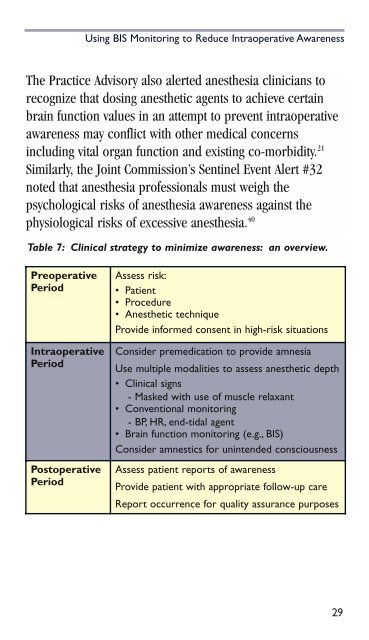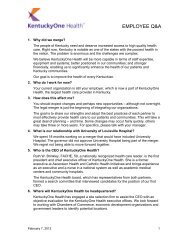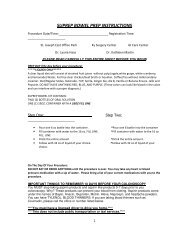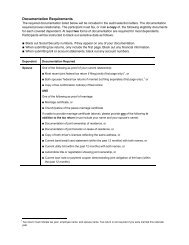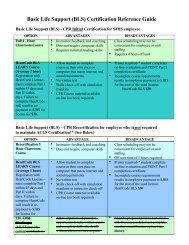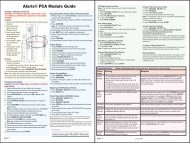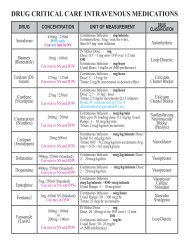BIS guide for clinicians
BIS guide for clinicians
BIS guide for clinicians
You also want an ePaper? Increase the reach of your titles
YUMPU automatically turns print PDFs into web optimized ePapers that Google loves.
Using <strong>BIS</strong> Monitoring to Reduce Intraoperative Awareness<br />
The Practice Advisory also alerted anesthesia <strong>clinicians</strong> to<br />
recognize that dosing anesthetic agents to achieve certain<br />
brain function values in an attempt to prevent intraoperative<br />
awareness may conflict with other medical concerns<br />
including vital organ function and existing co-morbidity. 21<br />
Similarly, the Joint Commission’s Sentinel Event Alert #32<br />
noted that anesthesia professionals must weigh the<br />
psychological risks of anesthesia awareness against the<br />
physiological risks of excessive anesthesia. 40<br />
Table 7: Clinical strategy to minimize awareness: an overview.<br />
Preoperative<br />
Period<br />
Intraoperative<br />
Period<br />
Postoperative<br />
Period<br />
Assess risk:<br />
• Patient<br />
• Procedure<br />
• Anesthetic technique<br />
Provide in<strong>for</strong>med consent in high-risk situations<br />
Consider premedication to provide amnesia<br />
Use multiple modalities to assess anesthetic depth<br />
• Clinical signs<br />
- Masked with use of muscle relaxant<br />
• Conventional monitoring<br />
- BP, HR, end-tidal agent<br />
• Brain function monitoring (e.g., <strong>BIS</strong>)<br />
Consider amnestics <strong>for</strong> unintended consciousness<br />
Assess patient reports of awareness<br />
Provide patient with appropriate follow-up care<br />
Report occurrence <strong>for</strong> quality assurance purposes<br />
29


